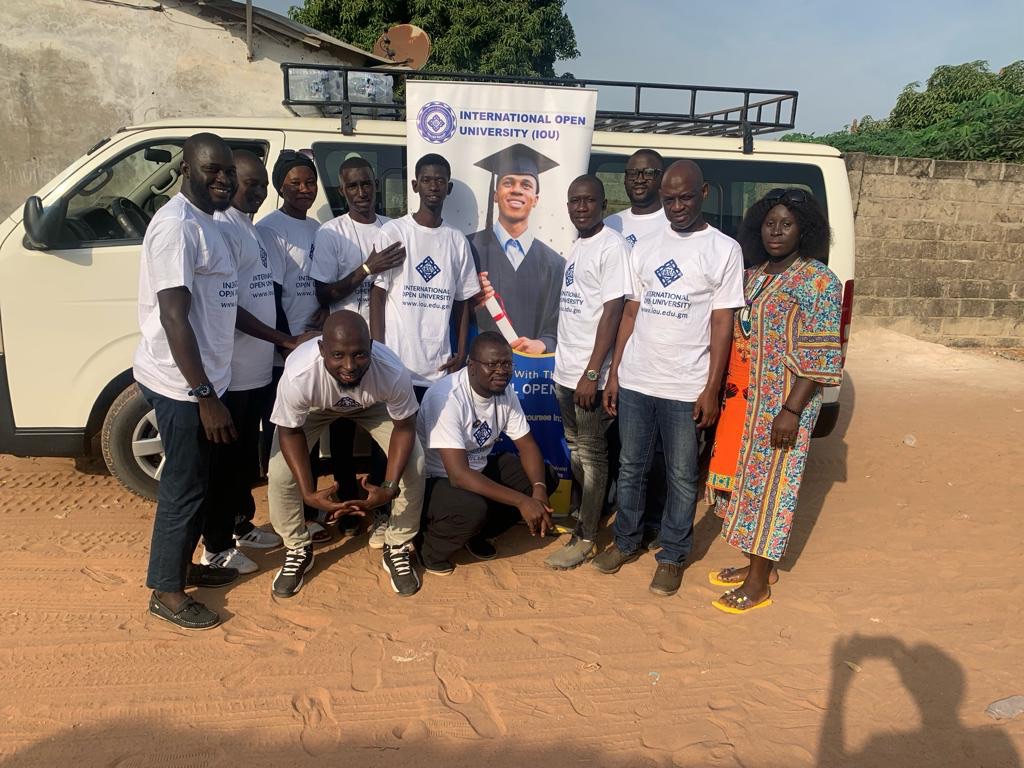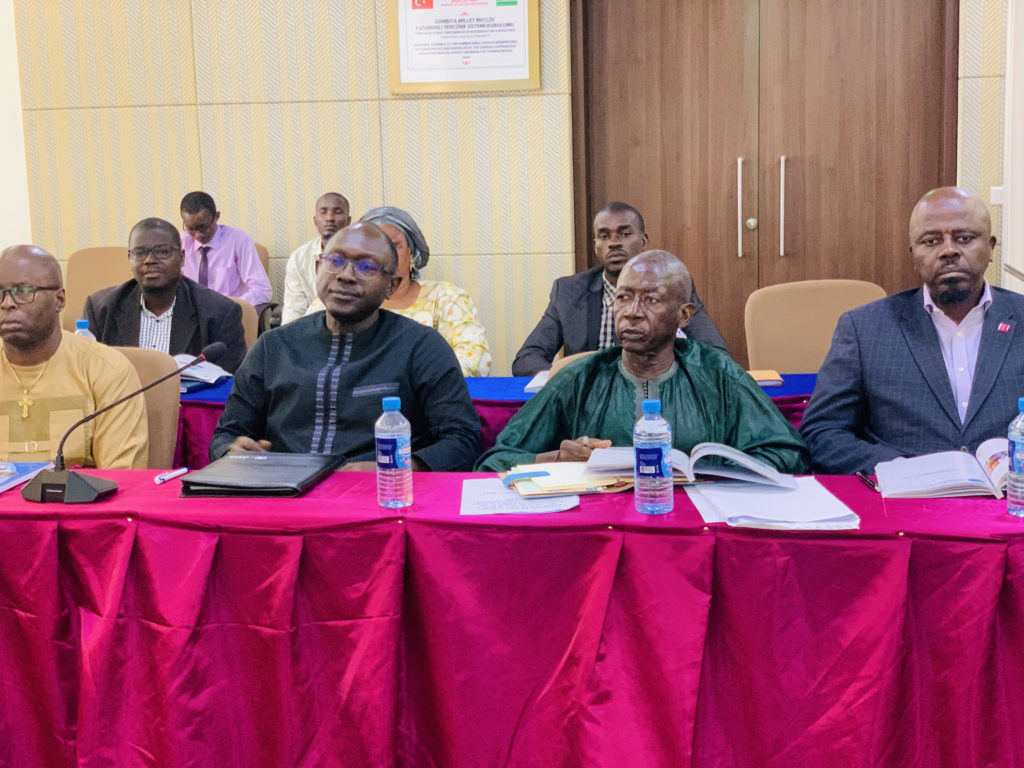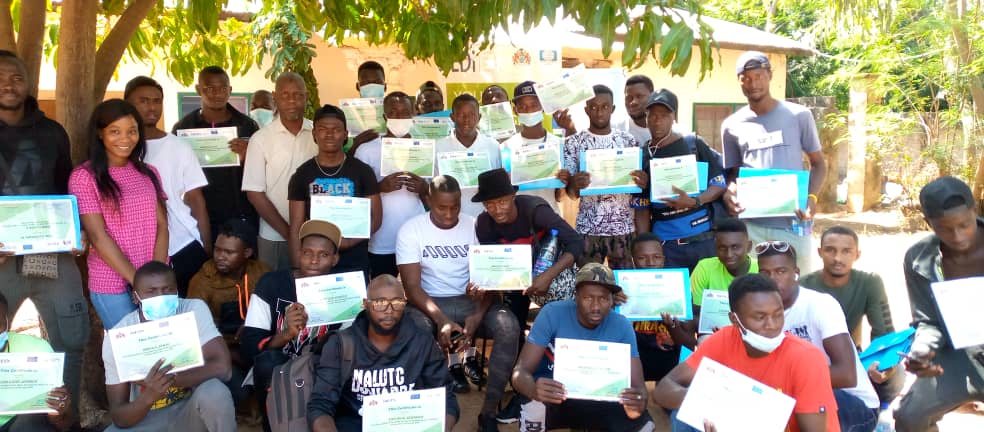By: Muctarr Jallow
In a captivating two-day study tour led by Mr. HassoumCeesay, lecturer, students from International Open University, Kanifing, embarked on a journey through time to discover the hidden gems of Gambia’s national heritage sites.
From January 20th to 21st, 2024, this expedition proved to be an awe-inspiring voyage that eloquently showcased Gambia’s profound historical significance.
The group’s adventure began in the Central River Region, where the old settlement of Janjangbureh [McCarthy Island] stood tall as a testament to the resilience of African heritage. Founded two centuries ago, this picturesque town boasts the oldest Methodist church on the continent, alongside the majestic governor’s residence and the esteemed Armitage School, dedicated to educating the children of the elite and chiefs.
The expedition explored the Kankurang Center, where the vibrancy of Gambian traditions came to life, and the triangle and freedom tree, where settlers from Freetown gathered before relocating to the town. The ancient cemetery and invaluable trading structures further showcased the significance of Janjangbureh in regional commerce.
Another highlight was the visit to Mungo Park’s Obelisk in Sami Karantaba, honoring the British explorer who embarked on a monumental journey to unveil the source of the River Niger. The sight of this historical landmark filled the air with a sense of reverence and admiration for the brave spirit of adventure.
On the second day, the group continued their exploration with a visit to Kuntaur Wharf, a once-thriving trade center that played a pivotal role in Gambia’s economic development until the 1970s. With the River Gambia flowing gracefully as their backdrop, the participants learned about the waterways’ importance in food production, navigation, trade, and providing employment opportunities for the local population.
The journey continued to Wassu and Kerr Batch, where the ancient stone circles stood as a testament to the rich cultural heritage of the region. The awe-inspiring KuntaKinteh Island, founded in the 1450s, stood as a silent witness to the struggles for control between European powers and served as a trading post during the Atlantic slave trade. The visit to Fort Bullen, a symbol of resilience against the horrors of slavery, reinforced the importance of abolishing this dark chapter in history.
Lastly, the group observed with reverence the Teen Janguwell, a spiritual site that held healing powers in precolonial times. The study tour also aimed to highlight the significance of community participation, government support, and the role of educators in preserving and protecting these vital heritage sites.
However, they also recognized the challenges faced, including scrap metal collectors, climate change impacts, land acquisition issues, and a lack of awareness.
As the study tour drew to a close, participants left with a new-found appreciation for Gambia’s extraordinary cultural heritage and the urgent need to safeguard it for future generations. The experience served as a reminder that these sites tell the story of Gambia’s past, shape itspresent, and inspire its future. The students thanked their Vice chancellor and his staff for the support to the trip.




